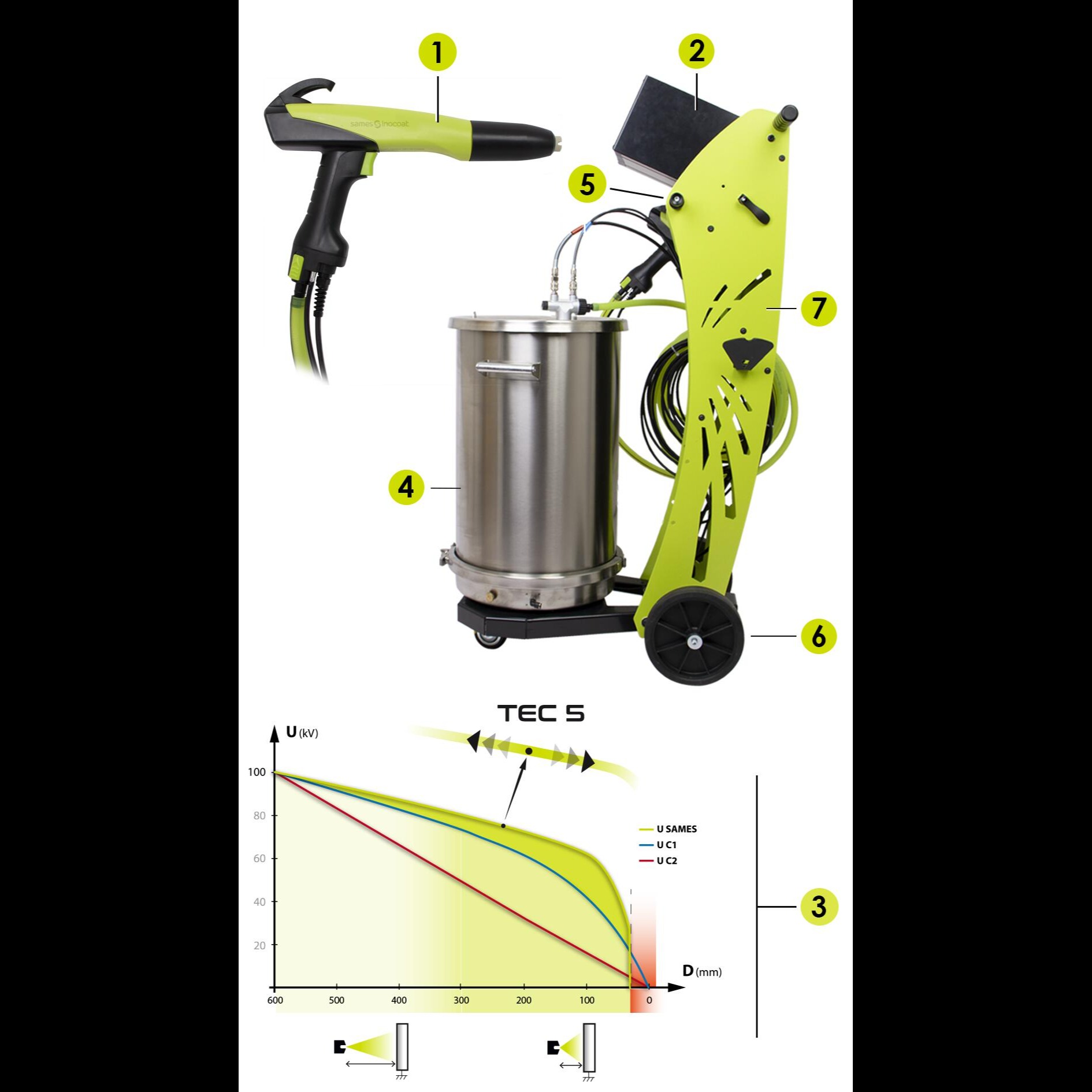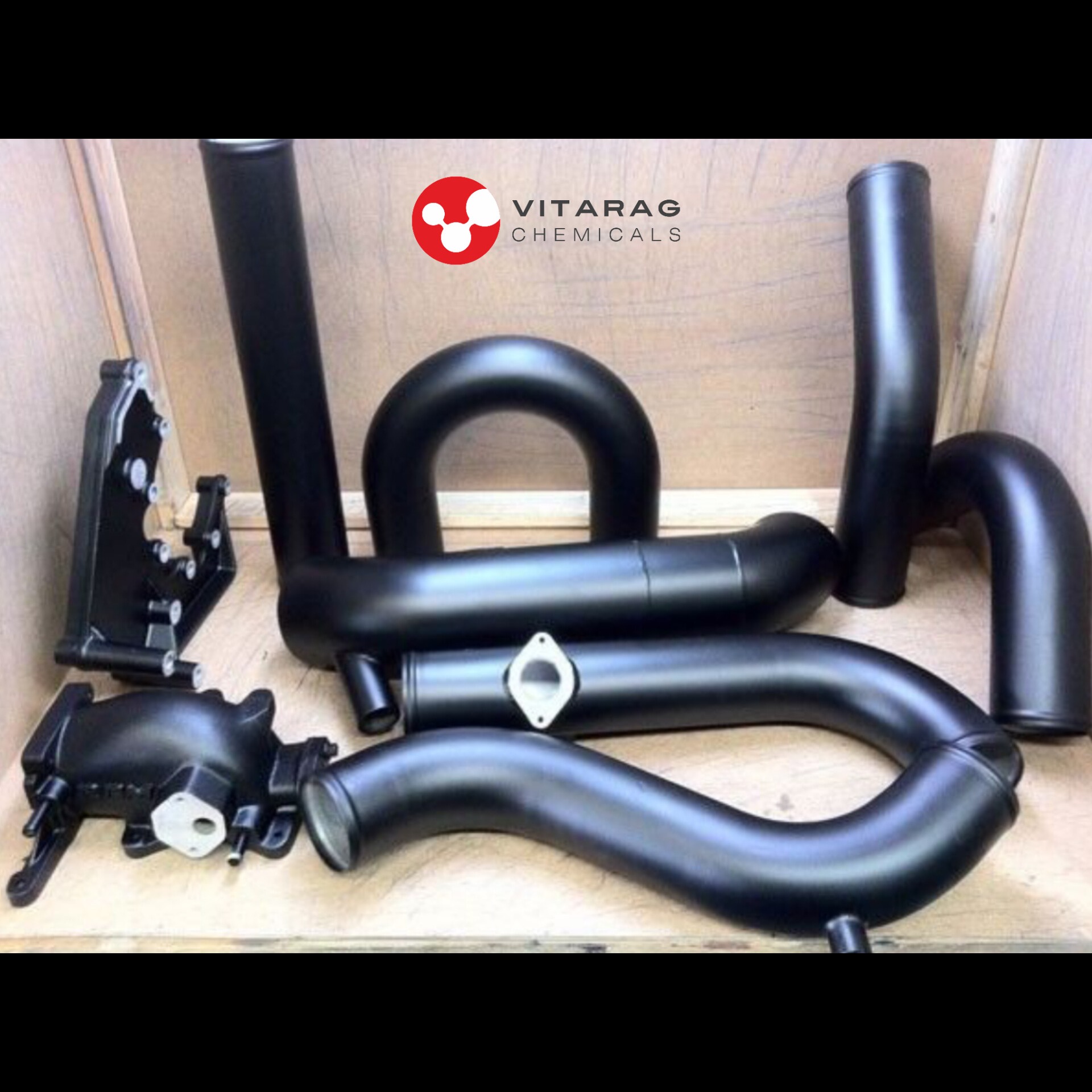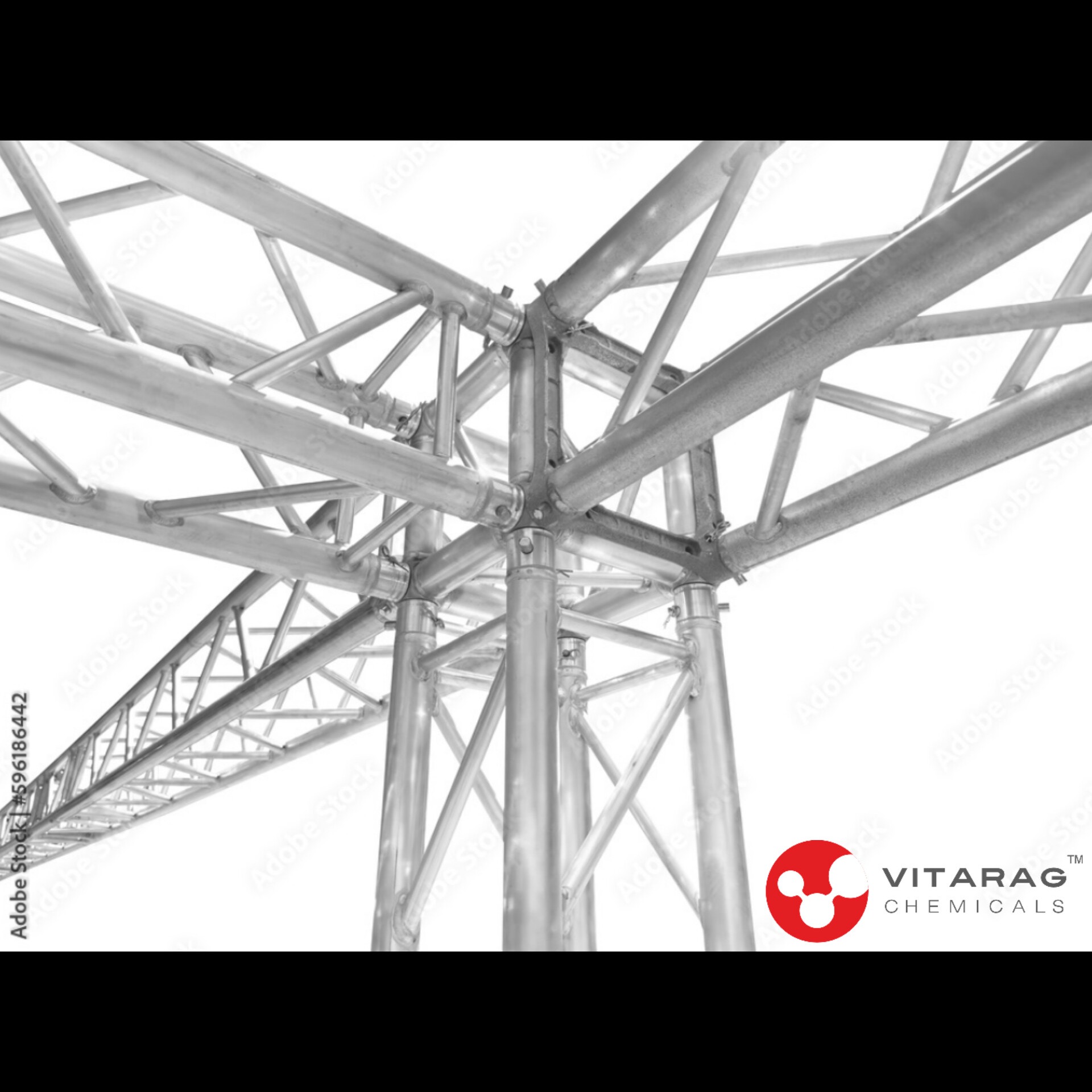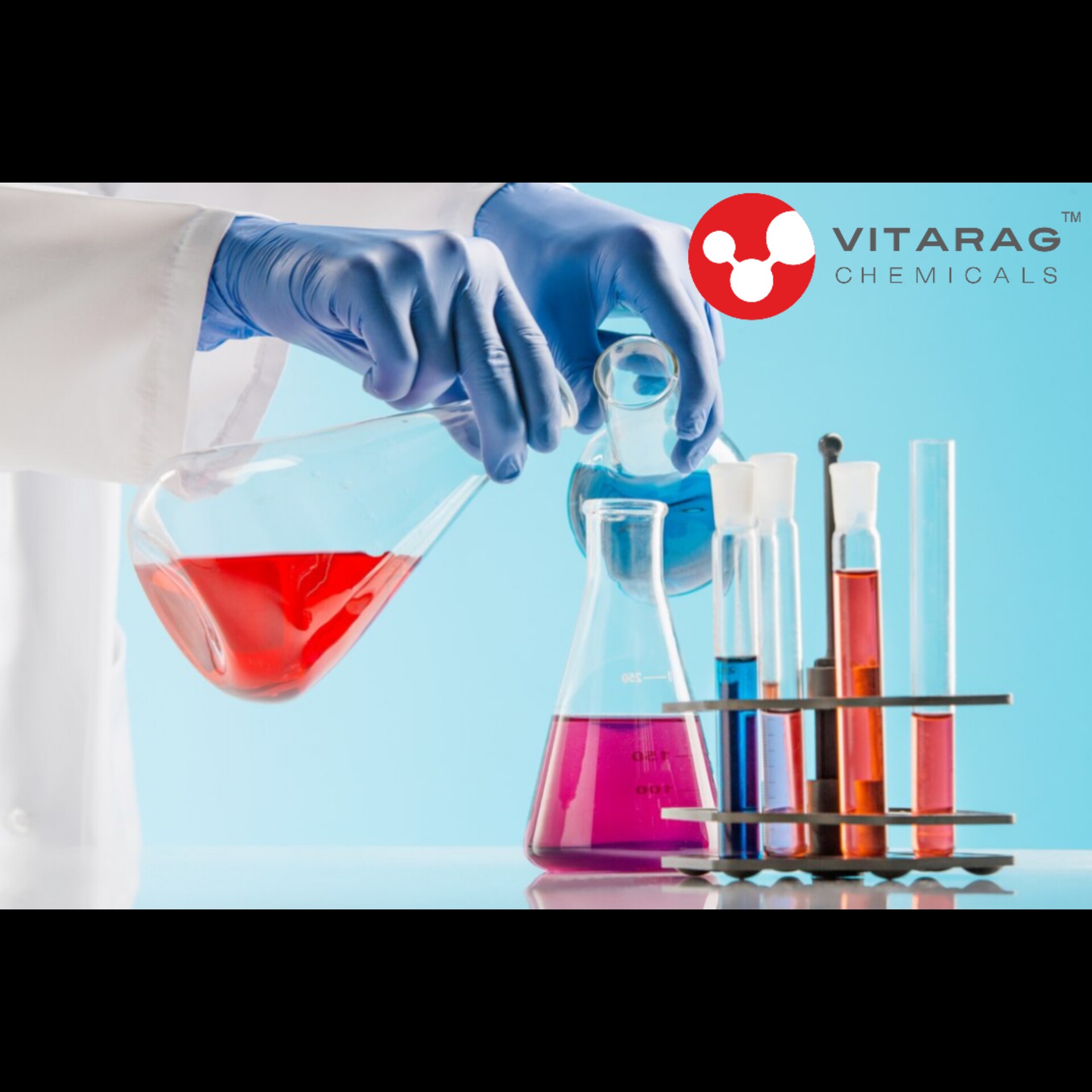
Safe Paint Removal
- Removing paint safely from various surfaces is crucial to avoid damage and exposure to harmful chemicals. Depending on the surface material (e.g., metal, wood, plastic) and the type of paint (e.g., oil-
based, latex), different methods and products are recommended. Here’s a guide to safe paint removal:
- Precautions and Safety Tips
. Ventilation: Always ensure proper ventilation when using chemical strippers or heat guns to avoid inhaling fumes.
. Protective Gear: Wear gloves, eye protection, and a respirator mask if needed, especially when dealing with chemical strippers or dust from sanding.
. Lead Paint: If working on a structure built before 1978, the paint may contain lead. Use lead-safe practices, such as wet sanding or a HEPA vacuum, and consider professional assistance.
. Surface Testing: Test a small, inconspicuous area first to ensure the paint removal method doesn’t damage the underlying material.
. Waste Disposal: Follow local regulations for disposing of paint chips and chemical strippers, as these can be hazardous.
- By selecting the appropriate method based on your specific needs, you can safely and effectively remove paint without damaging the underlying surface or putting yourself at risk.
Keywords
heat guns
Lead Paint
wet sanding
paint chips
HEPA vacuum
Wear gloves
Safety Tips
specific needs
Waste Disposal
eye protection
Surface Testing
respirator mask
Protective Gear
surface material
various surfaces
local regulations
different methods
harmful chemicals
proper ventilation
underlying surface
chemical strippers
appropriate method
Safe Paint Removal
underlying material
lead-safe practices
paint removal method
professional assistance
small, inconspicuous area




